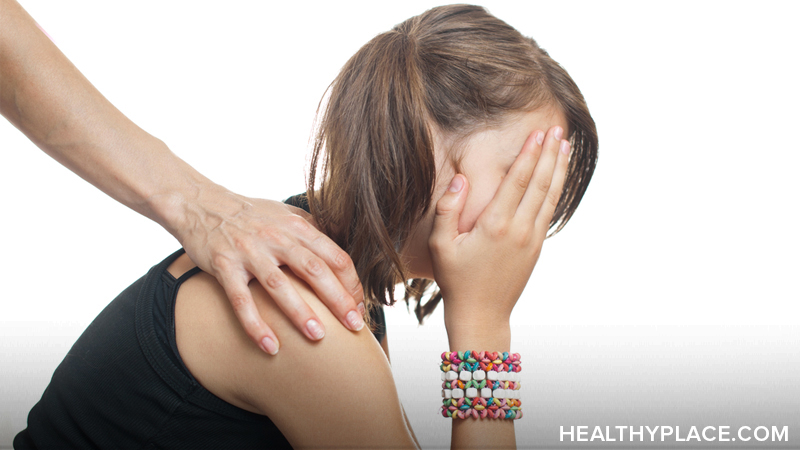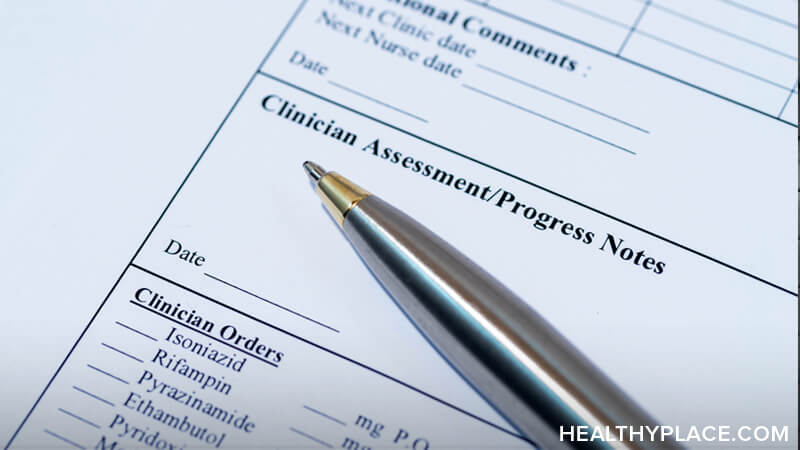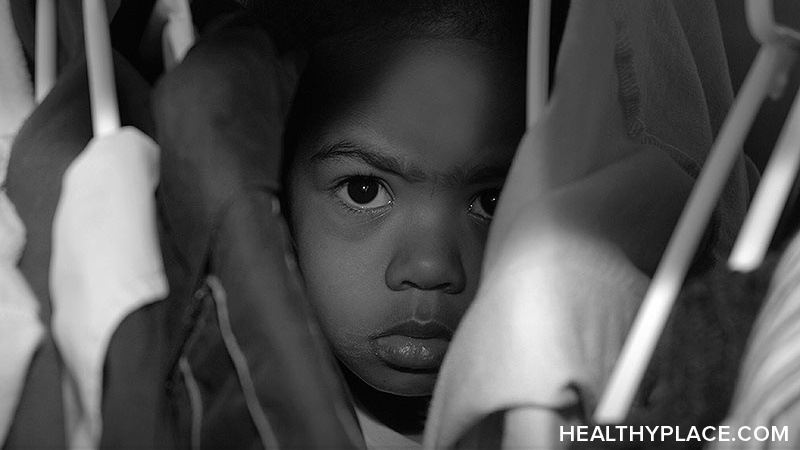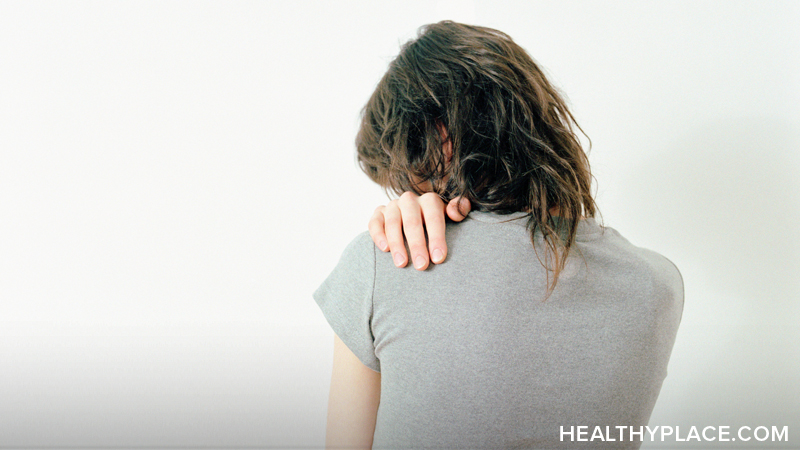
There are reliable tools that can be used to create a healthy relationship, many of which have not been taught in our culture. If you want to have a really healthy relationship, follow these simple guidelines.
Do not expect anyone to be responsible for your happiness. Accept yourself. Respect yourself. Love yourself first. Take good care of yourself. If you really want, you CAN always find something to do that makes you feel good about yourself right now. Love yourself, so pursue your true needs. Light up your true desires. Ask yourself why you didn't? Too often relationships fail because someone is unhappy and blames their partner for making them that way. Your life is ONLY under your control. Keep reminding yourself you are GOOD ENOUGH to have a happy life and a healthy relationship. Make yourself happy, and then share with one another.
Make and keep clear agreements. Respect the difference between yourself and your partner. Don't expect he or she agrees with you on everything. Reach mutual agreement or plan, and then commit to it. Leave the partner if you can't reach an agreement or you find he or she always makes excuses for breaking the agreement or plan. If you say you're going to meet your partner for lunch at noon, be on time, or call if you're going to be late. If you agree to have a monogamous relationship, keep that agreement and/or tell the truth about any feelings you're having about someone else before you act on them. Keeping agreements shows respect for yourself and your partner, as well as creating a sense of trust and safety.
Use communication to establish a common ground to understand different points of view and to create a mutual, collaborative agreement or plan. You can either choose to be right, or you can have a successful relationship. You can't always have both. Most people argue to be "right" about something. They say. "If you loved me, you would..." and argue to hear the other say, "Okay, you're right." If you are generally more interested in being right, this approach will not create a healthy relationship. Having a healthy relationship means that you have your experience, and your partner has his or her experience, and you learn to love and share and learn from those experiences. If you can't reach any mutual agreement, that doesn't mean either of you is wrong or bad, it only means you don't suit each other.
Approach your relationship as a learning experience. Each one has important information for you to learn. For example, do you often feel 'bossed' around in your relationship, or do you feel powerless? When a relationship is not working, there is usually a familiar way that we feel while in it. We are attracted to the partner with whom we can learn the most, and sometimes the lesson is to let go of a relationship that no longer serves us. A truly healthy relationship will consist of both partners who are interested in learning and expanding a relationship so that it continues to improve.
Tell the unarguable truth. Be truthful to yourself and your partner if you want true love. Many people are taught to lie to protect someone's feelings, either their own or those of their partner. Lies create a disconnection between you and your relationship, even if your partner never finds out about it. The unarguable truth is about your true feelings; your partner can argue about anything that happens outside of you, but he or she cannot rationally deny your feelings. Here are some examples: "I felt scared when I saw you talking to him at the party," "I feel angry when you hang up on me," and "I felt sad when you walked out during our fight and didn't want to be around me."
Do not do anything for your partner if it comes with an expectation of reciprocation. The things you do for your partner must always be done because you chose to do them and you wanted to do them. Do not hold your "good deeds" over their head at a later time. Keeping score in a relationship will never work: a person is less likely to notice and value all the contributions of their partner as much as their own.
Forgive one another. Forgiveness is a decision of letting go of the past and focusing on the present. It's about taking control of your current situation. Talk about the issue and try to reach a mutual agreement on how to handle the situation in the future and then commit to it. If you can't reach an agreement, it's a bad sign. If you learn from the past and do not repeat the same pattern, it's a good sign. It's the only way to prevent yourself from more disappointment, anger or resentment. Respect your partner, when your partner tells you to leave them alone, do give him or her the time and space.
Review your expectations. Try to be as clear as you can about any expectations - including acceptable and unacceptable behavior and attitudes, especially attitudes towards money. Make sure you don't expect your partner to fulfill every need in your life. One person cannot be everything to you. Everybody needs love, intimacy, affection, and affirmation, but your partner cannot alone give you all of that. You need to get some from your friends, from your family, but first and foremost, love yourself. Attempting to change someone else's mode of processing or personality style won't work -- and will create derailments.
Be Responsible. Here's a new definition: Responsible means that you have the ability to respond. Respond to the real problem, to your true needs. It does not mean you are to blame. There is tremendous power in claiming your creation. If you've been snippy to your partner, own up to it, and get curious about why you are jealous and how you might do it differently next time. If you are unhappy in your relationship, get curious about why this situation seems similar to others from your past, and how you might create a better relationship for yourself rather than dwell in anger or resentment or try to change your partner instead.
Appreciate yourself and your partner. In the midst of an argument, it can be difficult to find something to appreciate. Start by generating appreciation in moments of non-stress, and that way when you need to be able to do it during a stressful conversation, it will be easier. One definition of appreciation is to be sensitively aware so you don't have to be sugar-coating anything; so tell your beloved that you love him or her and that you don't want to argue but to talk and make it better.
Admit your mistakes and say sorry. Right after a misunderstanding or argument, tell your partner to give you some time to think of the wrong and right things that you and he/she did. Tell your partner to do the same thing and talk to them after 10-15 minutes. Tell your partner to give you time to talk and explain to them why you were angry, the wrong things you did, the things they did that you did not like and what you would like them to change. Ask your partner to do the same thing and give them a fair chance to talk and explain also. This will make your relationship stronger and help strengthen the communication between you and your partner.
Spend some quality time together- No matter how busy you two are, there is always an excitement when you do something together, when you share your precious time. Play a sport, eat at a restaurant, watch your favorite movies together. You will feel the magic of love and connection that you have with each other.
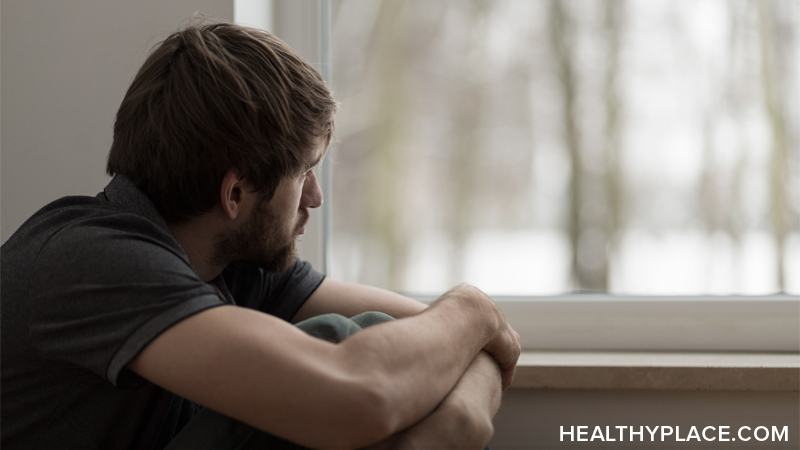
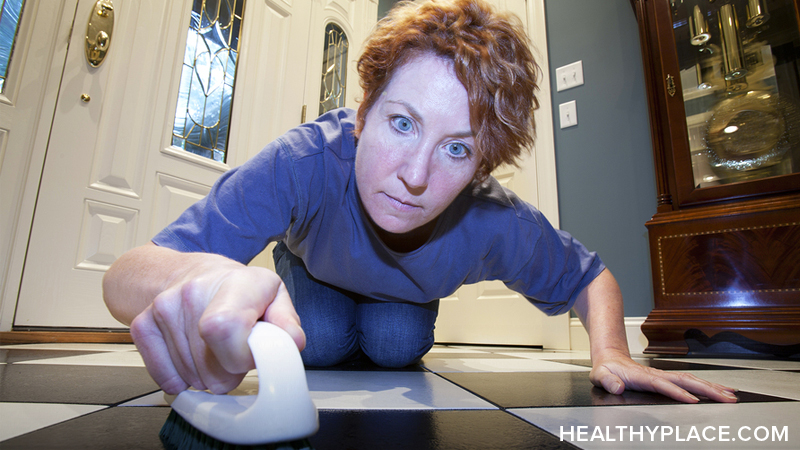

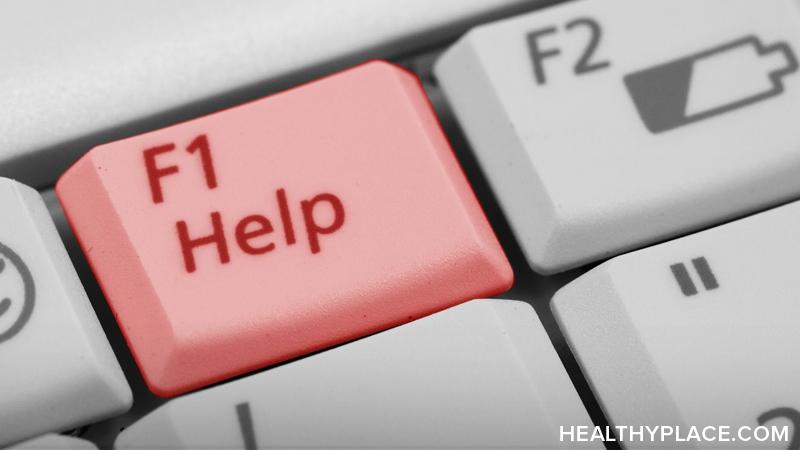 For those suffering from mental illness, effective online
For those suffering from mental illness, effective online 

